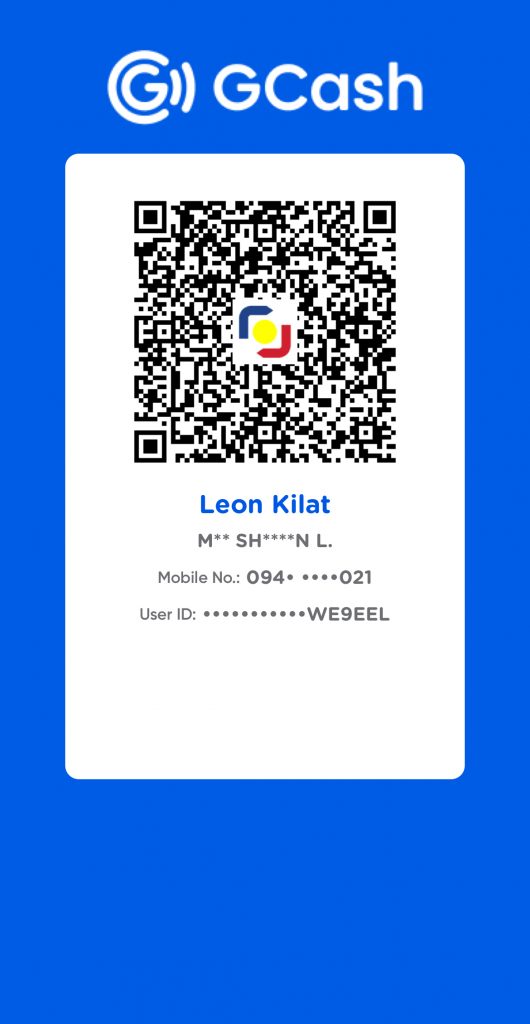I’ve been meaning to try the services of scanR for a long time but somehow I’ve been pretty successful in avoiding meetings–and those I attended didn’t use whiteboards–that I somehow forgot about it.
 WHITEBOARD DATA processed by scanR. Compare it with the original photograph below. Images processed by scanR are great for printing as handouts. Click on photo to enlarge.
WHITEBOARD DATA processed by scanR. Compare it with the original photograph below. Images processed by scanR are great for printing as handouts. Click on photo to enlarge.I was finally able to try it yesterday. Metro Cebu staged a dry run yesterday of the traffic re-routing to be implemented during the Asean Summit in Cebu. As is usual with major news events, reporters and editors held a story conference to thresh out news angles, discuss gathered data, and look for issues to follow up.
Sol Amante, our managing editor for news and the writer behind Peryodistang Pinay, presided over the story conference using a whiteboard to take down notes. She was about to copy her notes on paper after the meeting when I told her I’d reprint it using scanR.
I took a photo of the whiteboard using a Sony Ericsson K750i and tried emailing it to the scanR address for whiteboard data. I couldn’t get pass the sending screen. GMail for mobile application was out of the question as you couldn’t attach files to emails sent using it.
I just connected the phone to my PC and sent the image using Gmail. In less than a minute, I was sent a PDF version of the notes. I printed the image and handed it out to the editors, who were impressed with the reproduction.
ScanR is a free service that helps you clean up photos of whiteboards, business cards and documents. You can use your digital camera or cameraphone (with a minimum resolution of two megapixels) to capture the data, send it to scanR through e-mail and the system will send you a cleaned up image in PDF format, which you can either file or print to hand out as notes.
Of course you can just use the raw photo taken by your digital camera or cameraphone but the images processed by scanR are way better for handouts-they look better on print compared with the original photo.
The service is useful. You no longer have to have those fancy whiteboards that cost thousands upon thousands of pesos to get printouts on notes. You can just use your camera or phone to take images and then send these to scanR for processing.
Scanr’s services are free but they said they will be rolling out paid services later. The site, however, pledged to always provide a free version.
Max is a journalist and blogger based in Cebu. He has written and edited for such publications as The Freeman, The Independent Post, Today, Sun.Star Cebu, Cebu Daily News, Philstar Life, and Rappler.
He is also a mobile app and web developer and co-founded InnoPub Media with his wife Marlen.


Leave a Reply